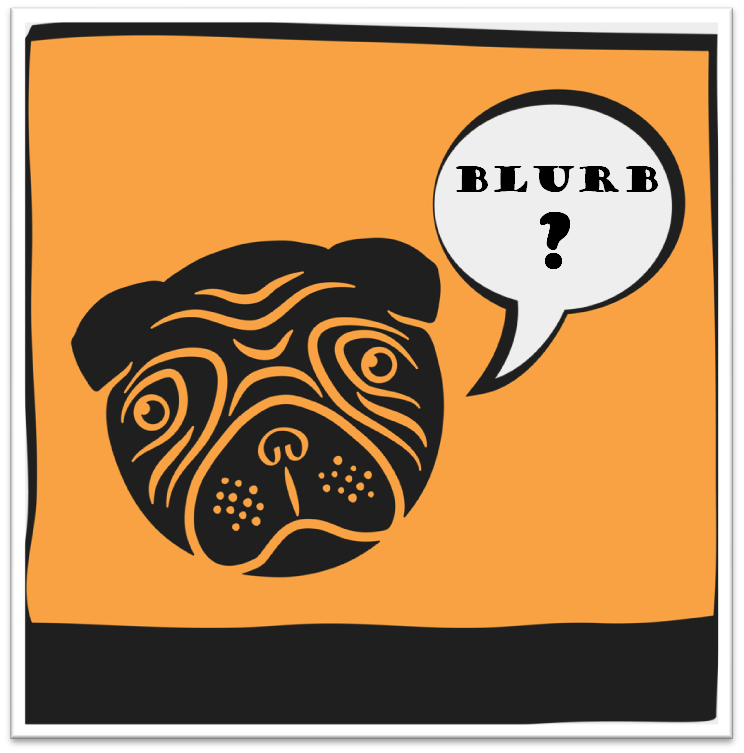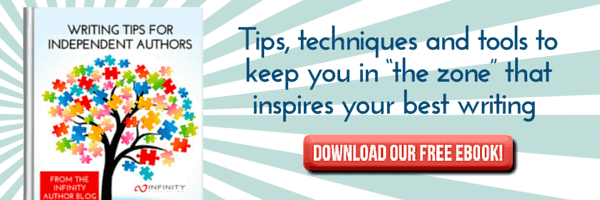Book blurbs -- those short paragraphs on the back cover of your book or on your sales page online. Those few words might be the most important writing you do. You can have the next great American novel in your grasp, but if you don't convince anyone to read it, your fame will go down in flames. That quick little note needs to convince potential readers that I've gotta read this! right now, and motivate them to buy your book. All good book blurbs contain the same elements, when you drill down through the decorative phrasing. Like any jigsaw puzzle, it's all about having the right pieces and putting them together in the right order. 
The Five Elements
The five basic elements in a good book blurb may sound familiar; they're the building blocks of almost every great novel ever written. Start with these five basic bits of information, and you can build a great blurb just from the information on your list.
- A Main Character Who is the most important character in your book?
- Desire What, ultimately, does the character want? True love? The victim's killer? Bees? Whatever he wants, that's his goal in this story.
- What's Stopping Him? There's got to be something in the way of your character achieving his goals, or you don't have a story.
- The Struggle What effort does he have to go through in order to achieve his goal?
- The Consequences What happens when he reaches success? What are the stakes he faces if he loses?
Writing the Blurb
Start with the five elements and add details to tell a story in a very short space. Introduce your character in one or two sentences, and include his desire with the introductory section. Show your potential reader a glimpse of what his struggles look like, and emphasize how huge the problem is that he has to overcome. Lay out the consequences, either in a statement or a question, so your readers know what's at stake if the hero doesn't win. True love won't happen, the killer gets away to kill again, the bees won't make honey for the championship honey cookies. Whatever.
Your first line is the most important one. This is the hook, the little bit of spice that reels a reader in. Take the same time for the first line in your blurb as you did the first line in your book. Each is equally as important. Once you've grabbed them, it's time to let them into some of the meat of the story.
Always leave them wanting more. Hint at a cliffhanger, but never let anyone know the ending. Leave the reader about halfway through your tale, so that he has an urgent need to get into the book to find out what happens next. Spoilers are no fun, and this applies to book blurbs as much as in anyplace else. We will take a look at non-fiction blurbs in our next blog.
Keep the Faith and May the Force be with You!




